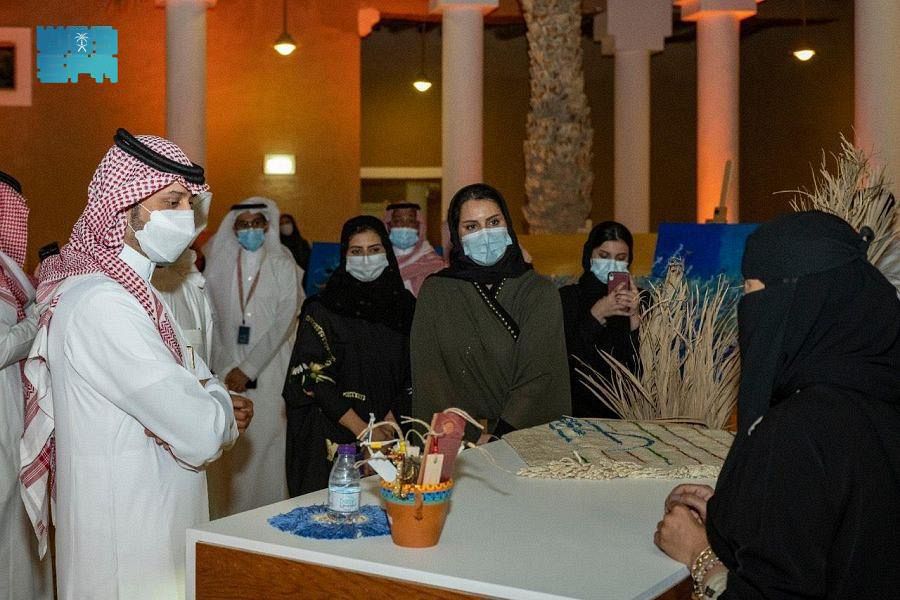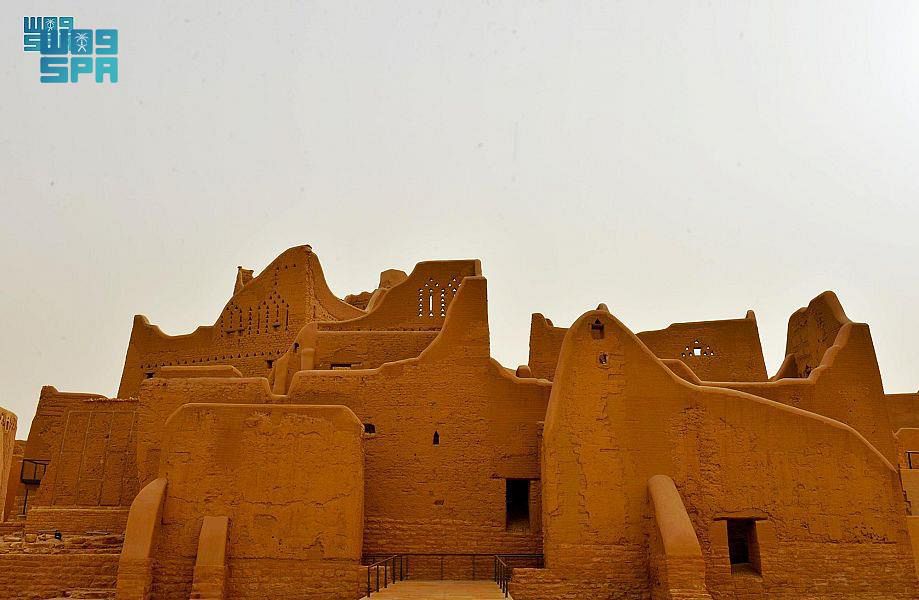
RIYADH: The Saudi Heritage Commission has launched a number of cultural events in Riyadh for World Heritage Day, integrating heritage and innovation and highlighting the Kingdom’s culture and the importance of preserving it.
The launch took place at the King Abdulaziz Historical Center, with the events running April 18-22.
Among the activities were a corner for Saudi coffee, a photo exhibition of UNESCO World Heritage sites, live performances by artisans and interactive activities for visitors.
It was held at King Abdulaziz’s Murabba Palace, also known as the “Hospitality Palace.” Local children sang traditional songs and playing old games, with the artisans making products to showcase the traditional methods of manufacture.
Visitors can learn more about hand-made products such as pottery, Bisht Al-Asiri — the traditional men’s cloak — and baskets made from palm fronds.
Umm Fahd, one of the artisans who displayed her handicrafts at the event, said she learned the craft of twisting ropes from her grandparents.
“I learned this craft from my family from a young age. I make many products, such as shoes, brooms, swings, etc., by twisting the rope,” she said.
“I hope that there will be more activities that link the current generation with the heritage of the past and that our heritage will not disappear, (it) must be taught to future generations because it is our identity,” she added.
Visitors can also pass by Nasser Al-Jedaei’s corner, an artist-craftsman who carves in stone.
“Each stone has a different nature from the other. For example, there are light stones that can be carved in only four days, and there are harder stones that take a longer range. People in the past used to carve stones to make an object for grinding grains that make bread, and also for making dishes and pots,” Al-Jedaei said.
There is also the beauty of the colors of Al-Qatt Al-Asiri, a traditional wall painting technique using natural materials.
Fatima, owner of the Fatima Museum for the Heritage of Asiri Women in Abha, says that all the colors are extracted naturally from coal, turmeric, pomegranate, clover, and other natural resources.
“We add glue with natural materials, and we used this art to decorate homes in the past. I have been working in this art for 22 years and trained 700 women, and the museum became a tourist destination for the Asir region,” she said.
“I have a studio that became a school for the art of Al-Qatt Al-Asiri, and we made a mural for the UN headquarters in New York with the Ministry of Culture. The MiSK Institute and the Saudi Heritage Preservation Society also worked hard to document this art in UNESCO and brought it back to life again,” she added.
The art of Sadu, made of sheep and camel wool, which has its own distinctive colors and shapes, was recognized by UNESCO in 2022, and visitors can purchase all heritage products from artisans at the center.
There is also a falconry section where visitors can enjoy carrying falcons and taking photos with them.










